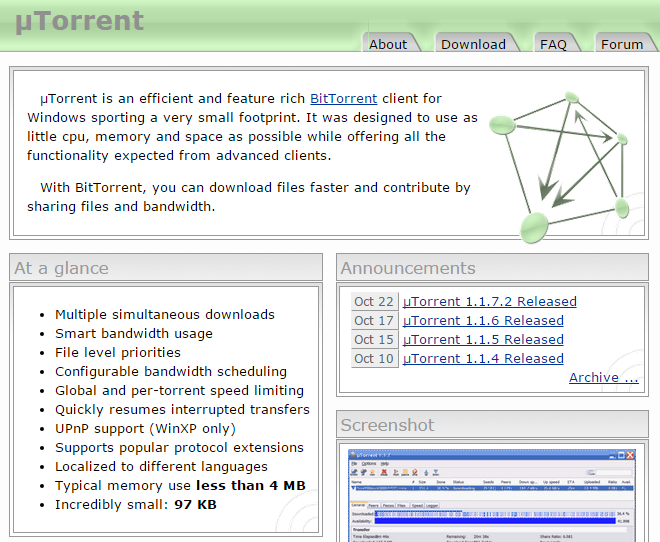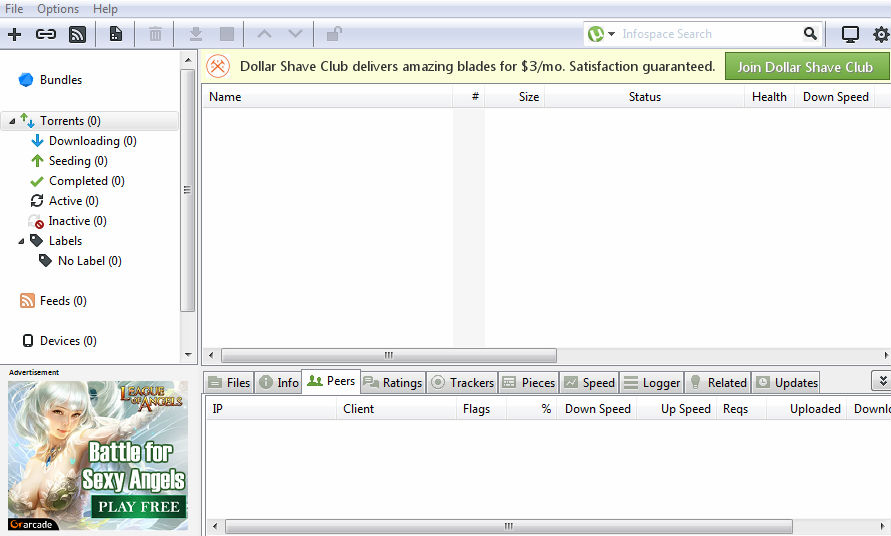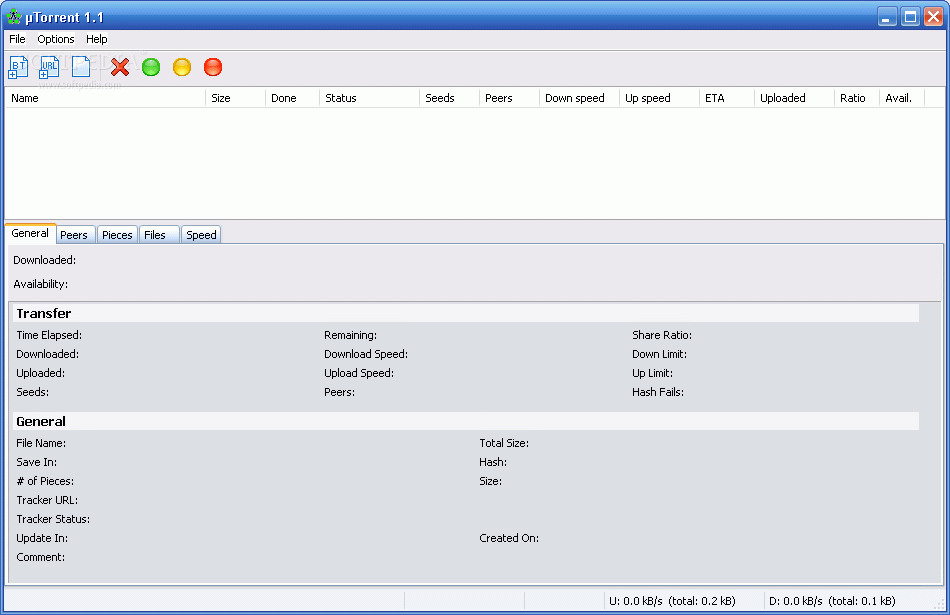Copyright Scares University Researchers From Sharing Their Findings
dimanche 20 septembre 2015 à 21:18 A few weeks ago I spotted the abstract of an article that had just been published in an academic journal.
A few weeks ago I spotted the abstract of an article that had just been published in an academic journal.
The article was relevant to the topics we cover here at TorrentFreak, but unfortunately it was hidden behind a paywall, like most scientific articles are.
To bypass this hurdle I usually ask the author for a review copy. Not to publish it online, but to get a better picture of the findings and perhaps cover them in a news piece.
In this case the author in question was kind enough to respond, although not with a copy of the paper. Instead, he encouraged me to contact the publisher noting that they now control the rights.
“We no longer own the copyright of our work,” the author wrote back.
This certainly wasn’t the first time that a researcher has shown reluctance to share work, so I didn’t complain and gave the publisher a call. The publisher, one of the largest in the world, then informed me that the person responsible for these matters was not available.
A bit frustrated, I decided to reach out to the author of the article again. Instead of requesting a copy of the paper I sent over a few questions regarding the methodology and results of the study, which would be enough to begin a piece.
But, instead of commenting on the findings the author asked if the publisher had given permission to discuss the matter, fearing that it would otherwise lead to “trouble.”
Baffled by what had happened I lost all interest in writing an article and decided to move on to something else.
While the above is an extreme example, it does signal a problem that many scientists face. They are literally scared they’ll get into trouble if they share their own papers with the rest of the world.
The author above was a junior researcher with little experience, but even established researchers encounter similar problems. For example, we previously reported that the American Society of Civil Engineers cracked down on researchers who posted their articles on their personal websites.
So where is this coming from?
Well, in order to get published in subscription based journals researchers have to sign away their copyrights. A typical “copyright transfer” agreement (pdf) prohibits them from sharing the final article in public, even on their own websites.

Accepted articles are separately sold for dozens of dollars per piece, so if the researchers shared these for free the publishers could lose income. It’s a commercial decision.
That said, most publishers do allow authors to talk about their work, so the author in our example had no real reason to be worried. Similarly, it’s often permitted to share pre-print copies in public without restrictions.
Still, the reluctance among researchers and the restrictions they face are not helping knowledge to spread, which is a key goal of science.
So why aren’t a few bright minds starting a non-profit publishing outlet then?
Well, these already exist and there are several initiatives to promote “open access” publications, where everyone can read the articles freely. However, in many research fields the most prominent (high impact) journals are controlled by commercial publishers and placed behind paywalls.
Journals get a high impact rating if they publish a lot of frequently cited articles so it’s hard for new ones to gain ground.
And since researchers are often evaluated based on the impact factor of the journals they publish in, “open access” doesn’t appeal to a wide audience yet. In a way, science is trapped in a copyright stranglehold controlled by a few large publishers.
It’s an absurd situation in which universities pay researchers to write articles, the copyrights to which are signed over to publishers. Those publishers then demand a licensing fee from the same universities to access the articles written by their own employees.
Please read the paragraph above once more, and keep in mind that some researchers are actually scared to share their work…
Meanwhile, Elsevier enjoys a net income of more than $1 billion per year, while suing websites that dare to infringe on the copyrights that researchers are ‘forced’ sign over.
Source: TorrentFreak, for the latest info on copyright, file-sharing, torrent sites and ANONYMOUS VPN services.
 To even get off the ground, file-sharing type sites need competent people behind them. A minority learn ‘on the job’ while others already have experience in parallel web projects. Either way, technical experience is an absolute must.
To even get off the ground, file-sharing type sites need competent people behind them. A minority learn ‘on the job’ while others already have experience in parallel web projects. Either way, technical experience is an absolute must. Every day copyright holders report millions of infringing links to Google.
Every day copyright holders report millions of infringing links to Google.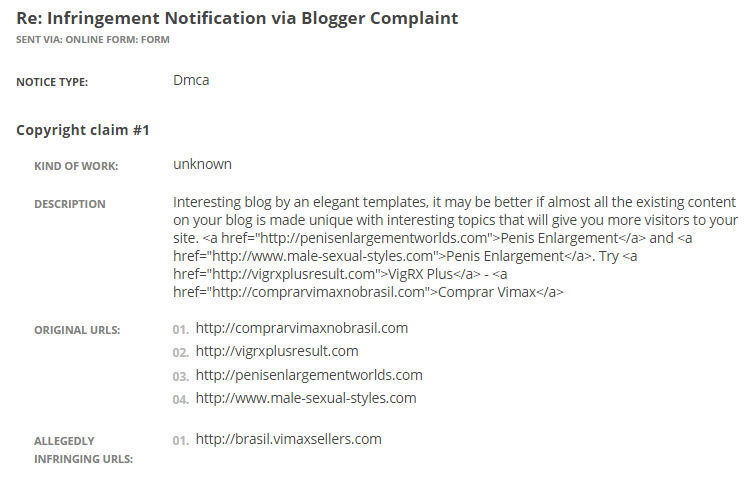
 There’s a theory among anti-piracy organizations that if unauthorized sites like The Pirate Bay can be separated from their finances they’ll eventually become a burden to their operators and close down.
There’s a theory among anti-piracy organizations that if unauthorized sites like The Pirate Bay can be separated from their finances they’ll eventually become a burden to their operators and close down.
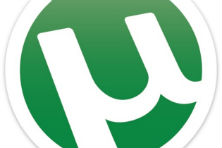 uTorrent was first released to the public on September 18, 2005 and the torrent client has come a long way since.
uTorrent was first released to the public on September 18, 2005 and the torrent client has come a long way since. 